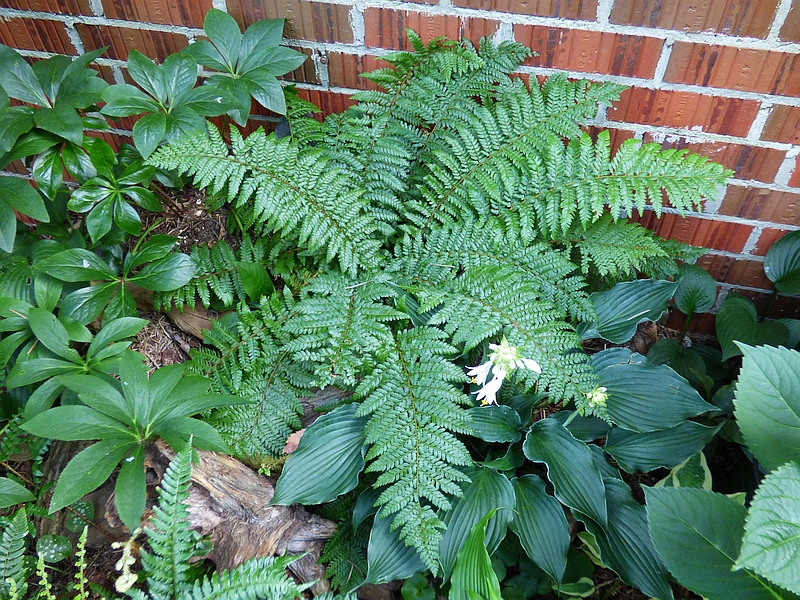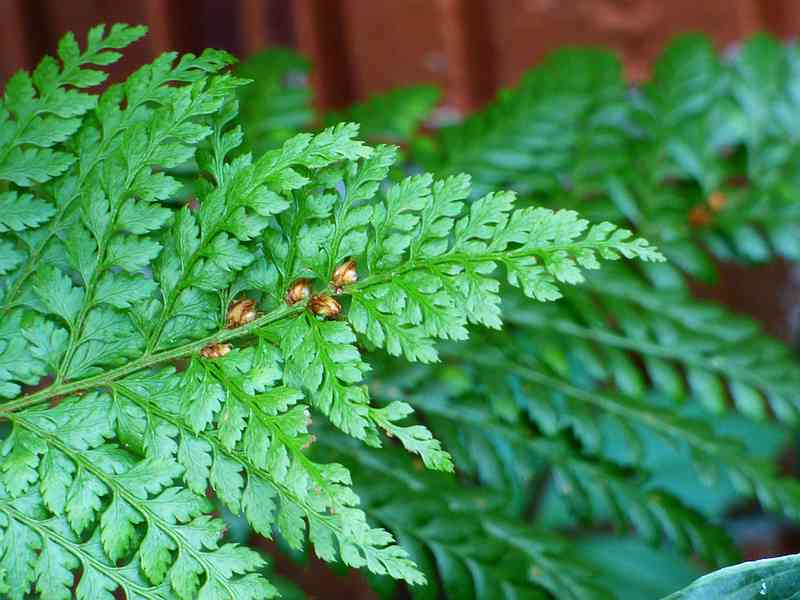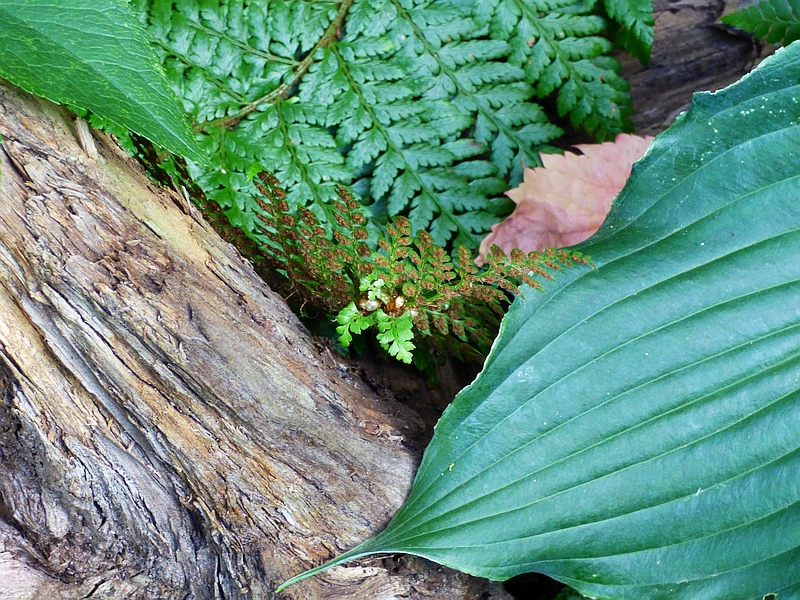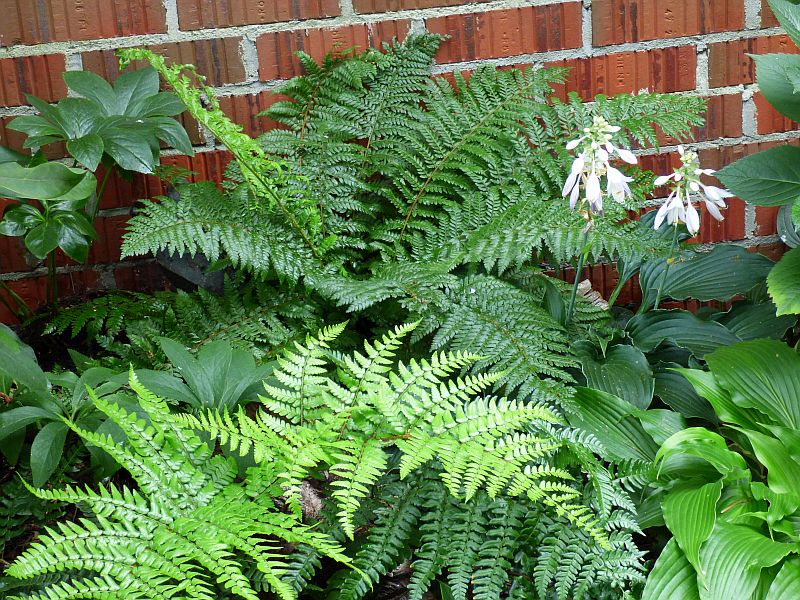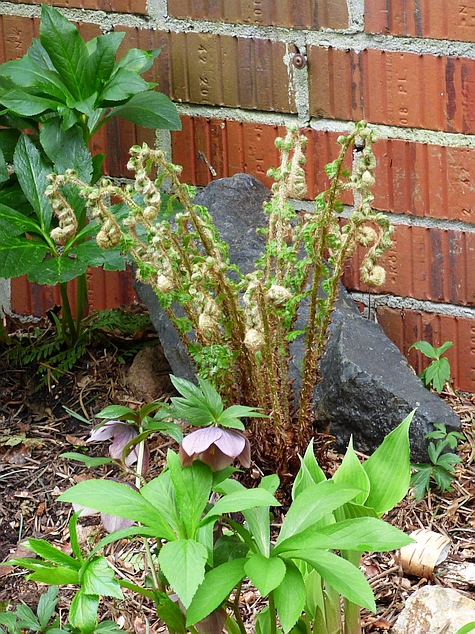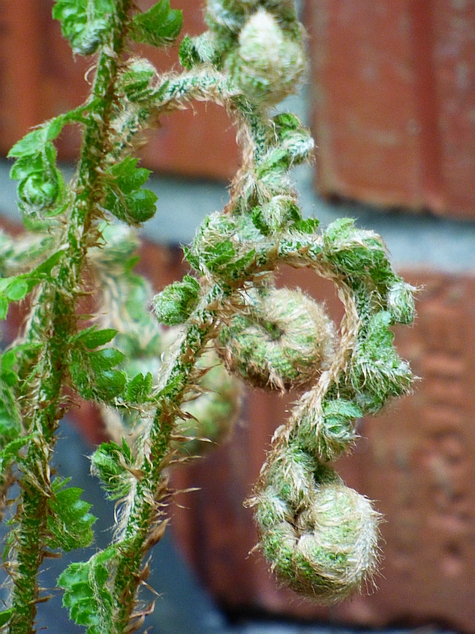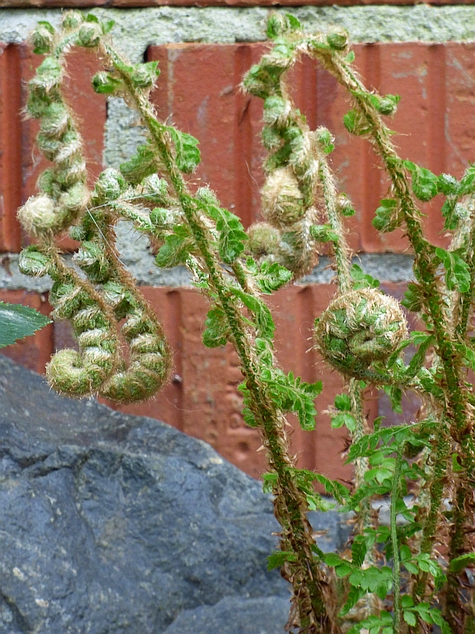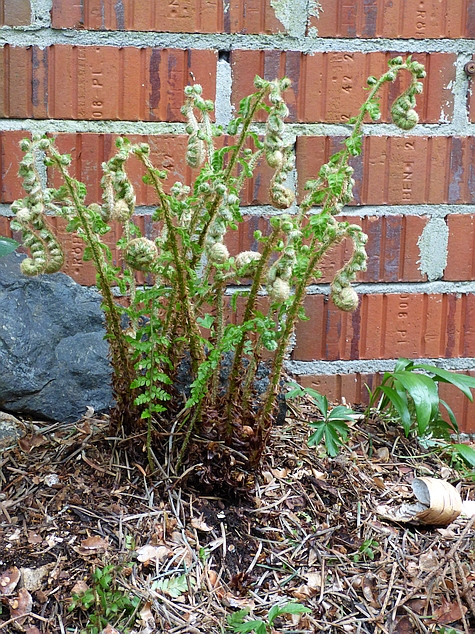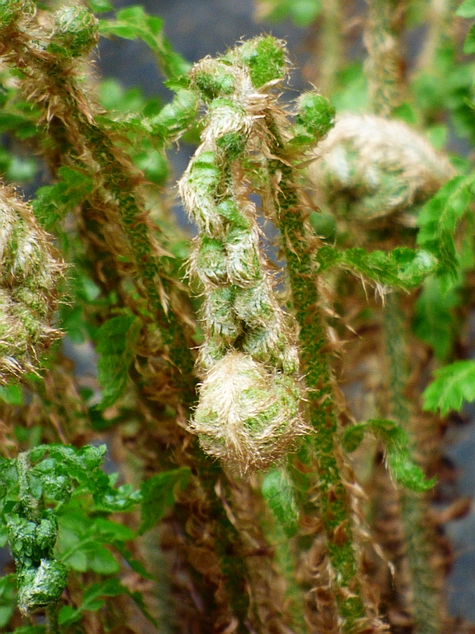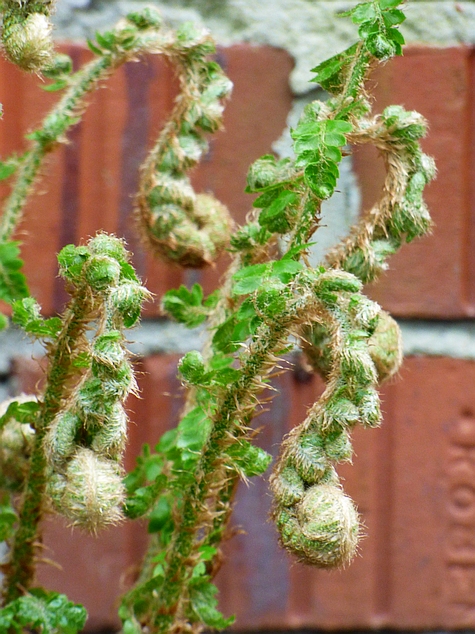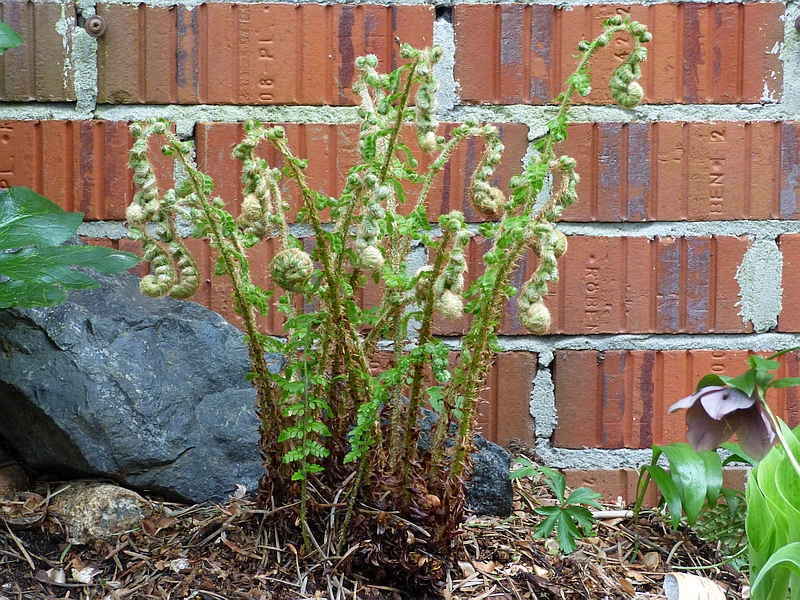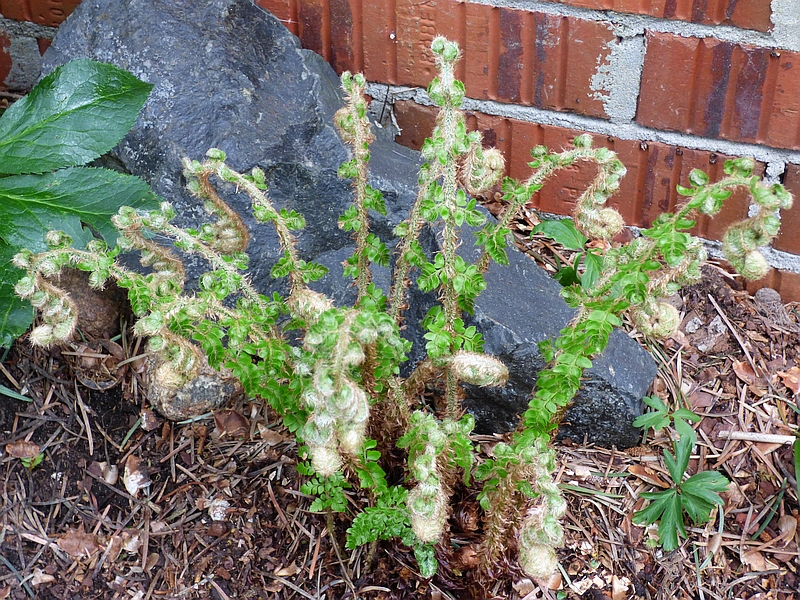Polystichum × dycei jest prawdopodobnie najbardziej znaną hybrydą stworzoną przez nieżyjącą już pteridolog Anne Sleep, niedaleko 60 lat temu. Jak powiedziano w
publikacji w Pteridologist 3, 3, 1998, s. 50, pani Sleep udało się stworzyć 7 mieszańców, których jednym rodzicem był Polystichum proliferum lub P. andersonii. Ponieważ wszystkie te hybrydy mają zdolność tworzenia wegetatywnych pąków na liściach, można je łatwo rozmnażać do dnia dzisiejszego. Cztery hybrydy mające Polystichum proliferum jako rodzica to:
Polystichum ♀ aculeatum × proliferum ♂ / ♀ P. proliferum × acrostichoides ♂ / ♀ P. proliferum × braunii ♂ / ♀ P. proliferum × setiferum
Pozostałe 3 mieszańce obejmujące Polystichum andersonii to: Polystichum acrostichoides × andersonii / P. andersonii × braunii / P. ♀ andersonii × setiferum ♂
W przypadku dwóch mieszańców bez symboli płciowych (♂♀) nie wiem, który rodzic był żeńskim, a który męskim, więc pierwszy gatunek niekoniecznie był częścią żeńską, jak zwykle.
Jestem przekonany, że Anne Sleep próbowała stworzyć następujące kombinacje hybrydowe, ale wydaje się, że nie udało jej się uzyskać żywych sporofitów:
Polystichum aculeatum × andersonii / P. munitum × proliferum / P. andersonii × munitum
Naturalne hybrydy tej drugiej kombinacji znaleziono w niektórych miejscach w zachodniej Ameryce Północnej, gdzie oba gatunki rodzicielskie rosną razem w pobliżu.
Na pewno można by stworzyć dużo więcej rodzajów mieszańców z pąkami wegetatywnymi, choć wymaga to wiele wysiłku i cierpliwości.
Kto lubił to robić, niech spróbuje!
Polystichum × dycei is probably the best-known hybrid created by the late pteridologist Anne Sleep, nearby 60 years ago. As told in the
publication at Pteridologist 3, 3, 1998, p. 50, Mrs. Sleep succeeded to create 7 hybrids having either Polystichum proliferum or P. andersonii as one parent. Since all those hybrids got the ability to bear vegetative buds at leaves, they could easily be propagated up to day. Four hybrids having Polystichum proliferum as parent are:
Polystichum ♀ aculeatum × proliferum ♂ / ♀ P. proliferum × acrostichoides ♂ / ♀ P. proliferum × braunii ♂ / ♀ P. proliferum × setiferum
The remaining 3 hybrids involving Polystichum andersonii are: Polystichum acrostichoides × andersonii / P. andersonii × braunii / P. ♀ andersonii × setiferum ♂
In case of the two hybrids without sex symbols (♂♀) i do not know which parent was the female or the male parent, thus the first species was not neccessarily the female part as usual.
I am convinced that Anne Sleep tried to create the following hybrid combinations, but she seems not to have succeeded to get living sporophytes:
Polystichum aculeatum × andersonii / P. munitum × proliferum / P. andersonii × munitum
Natural hybrids of the latter combination have been found at some sites in western North America, where both parental species' do grow together in proximity.
For sure one could likely create a lot more kinds of hybrids with vegetative buds, although this requires much effort and patience.
Whoever liked to do so, just give it a try!

-2.jpg)

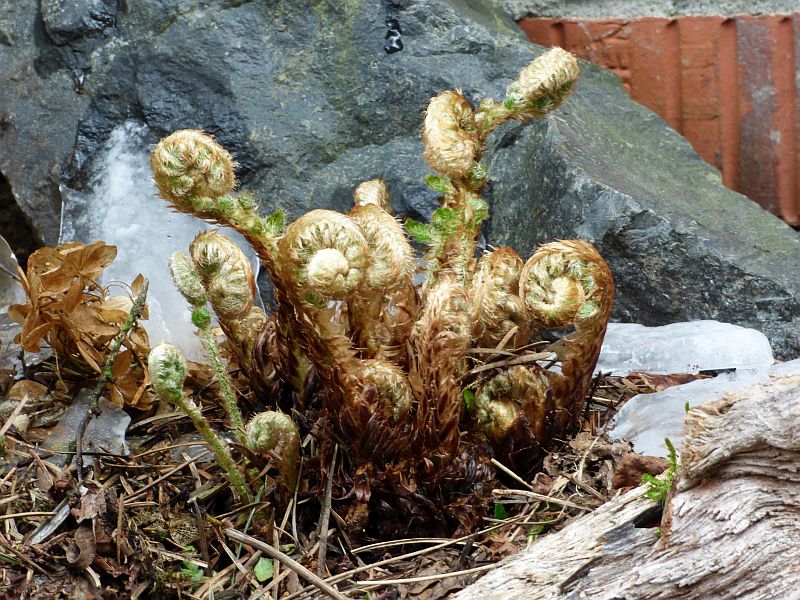
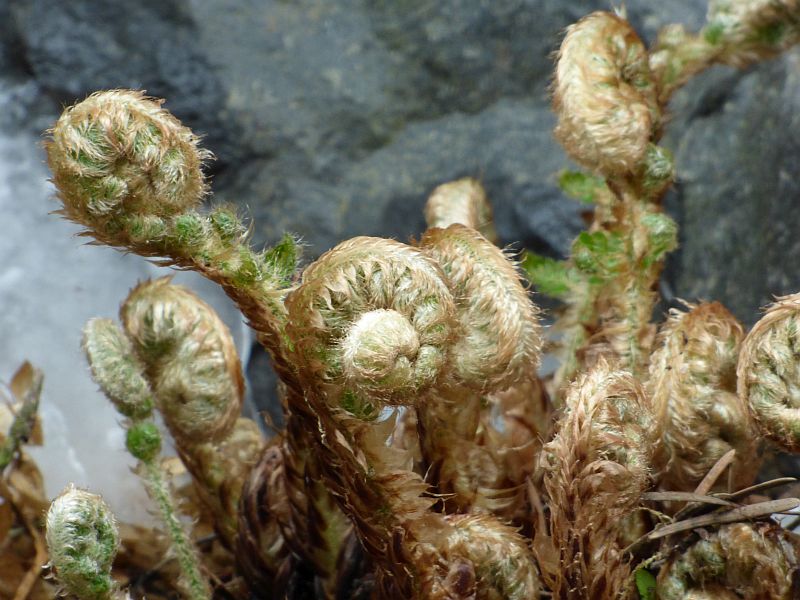
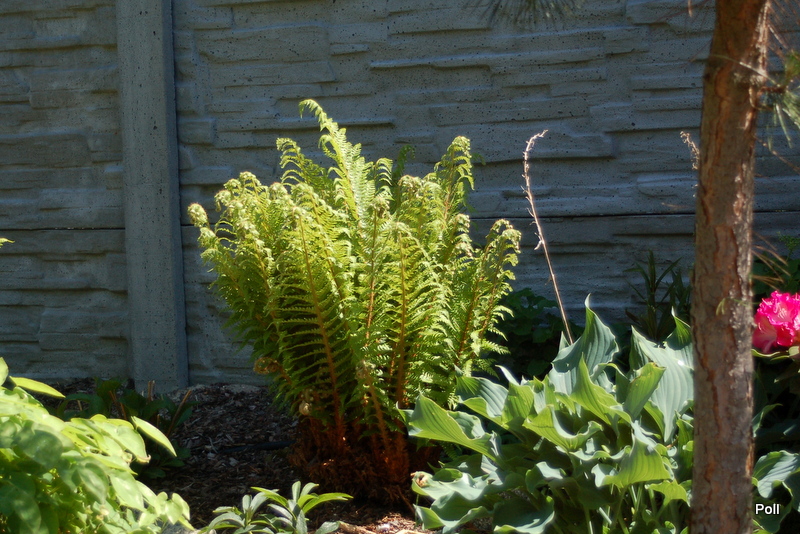
-2-3.jpg)

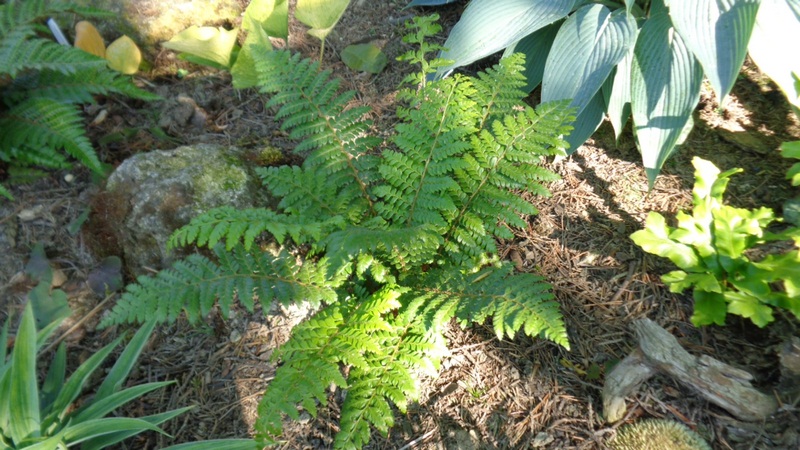
(1).jpg)
(2).jpg)
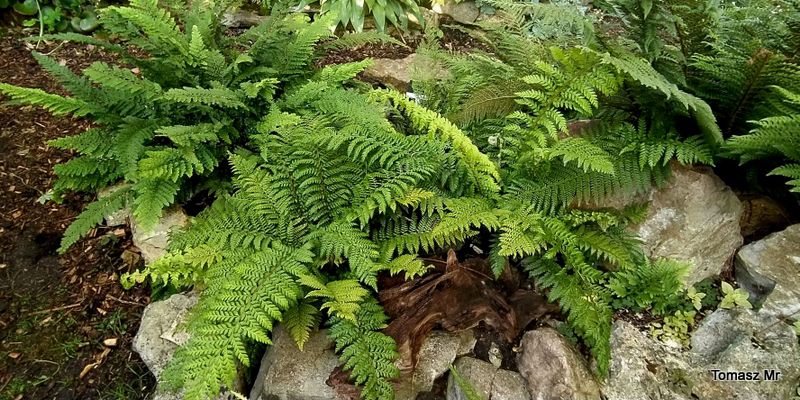
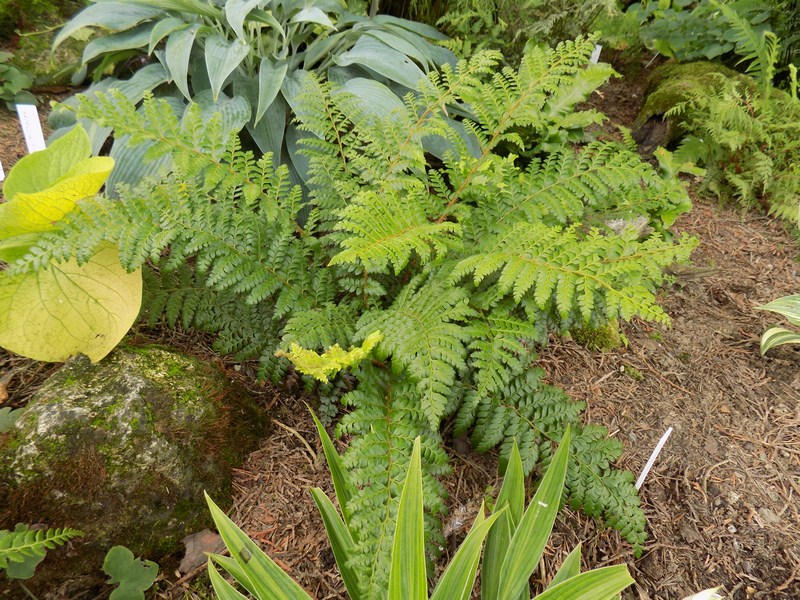
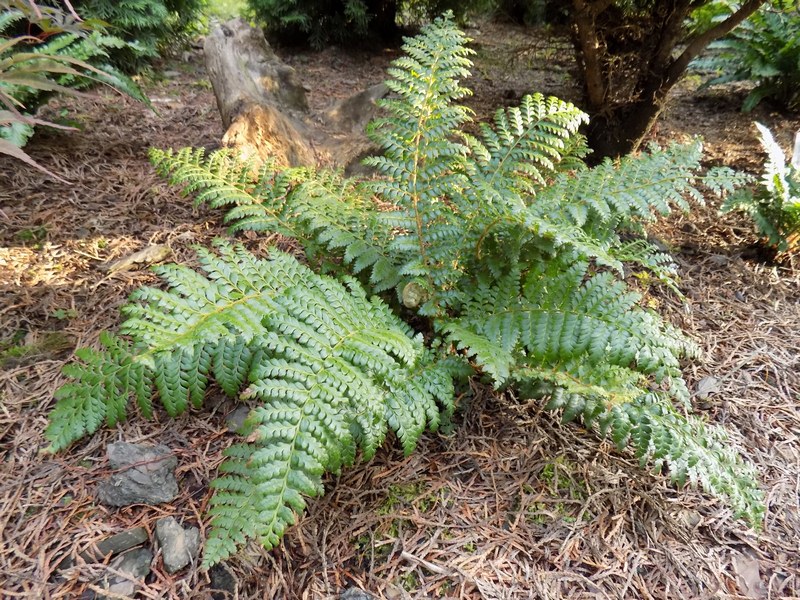
-2-3-4.jpg)
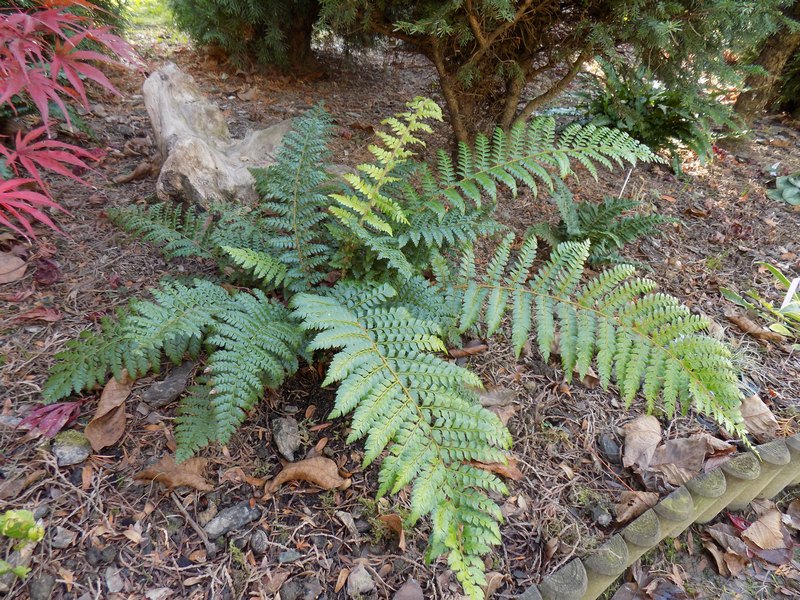

(1)-2.jpg)
(2)-2.jpg)
-2-3-4-5.jpg)
